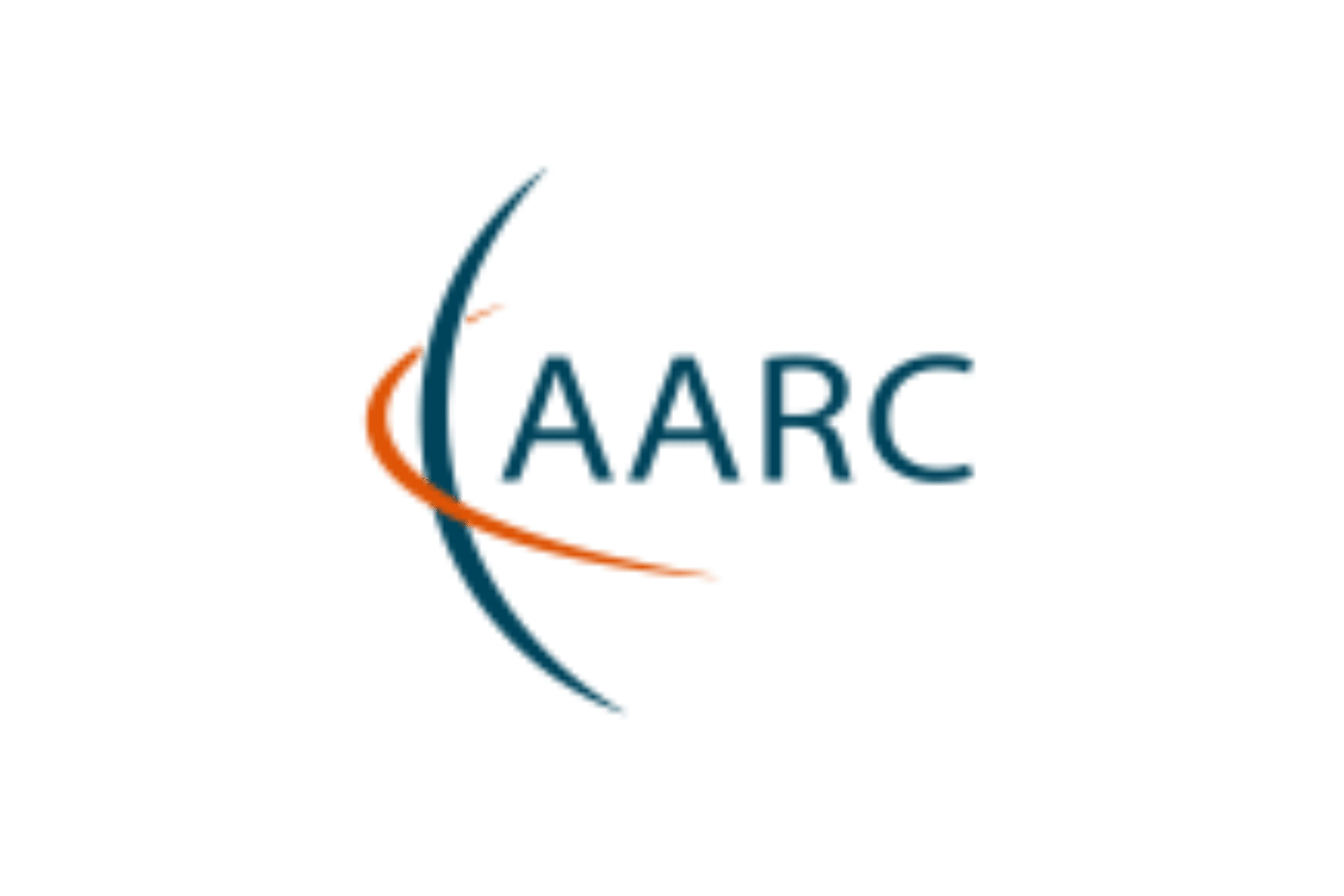EGI Check-in Updated

We are proud to announce a major update of our Identity and Access Management Service, EGI Check-in.
A Trusted Identity and Access Management Solution for Research
EGI Check-in is successfully utilised by over 15,200 users from various research communities and infrastructures, including many flagship infrastructures from the ESFRI Roadmap.
Key features of EGI Check-in include Federated Identity Management, enabling users to access resources with their existing institutional or external accounts, ensuring a seamless user experience; Role and Attribute Management facilitating fine-grained access control by managing user roles, group memberships, and other authorisation-related attributes; Standards-based interoperability supporting open standards and technologies such as SAML 2.0, OpenID Connect 1.0, OAuth 2.0, and X.509v3 certificates, enabling integration with the Authentication and Authorisation Infrastructures (AAIs) of other e-infrastructures, research communities, and data spaces; Authentication Flexibility offering diverse authentication options to accommodate a wide range of user needs, including Institutional credentials via eduGAIN; Researcher-specific accounts (e.g., ORCID); Social identity providers (e.g., Google, GitHub, LinkedIn); Community-focused AAIs (e.g., B2ACCESS, eduTEAMS, SRAM, Umbrella); and Other fallback mechanisms, such as EGI SSO and IGTF certificates.
The service is compliant with the AARC BluePrint Architecture, making it an essential resource for any organisations and initiatives looking to connect services to the EOSC EU Node and the broader EOSC Ecosystem. It is critical for enabling secure and seamless access to distributed e-infrastructure services and facilitating collaboration within the scientific research communities and across data spaces.
Migration to Keycloak: a Major Milestone
EGI Check-in has recently been successfully migrated to Keycloak, one of the largest open-source trust and identity management projects. This migration involved three phases that included all components: OIDC and SAML protocols, as well as users. The transition to Keycloak has significantly enhanced our IAM system's interoperability, security, and scalability.
The migration to Keycloak marks the beginning of an ongoing improvement process for Check-in.
Ongoing Improvements and Future Enhancements
The migration to Keycloak doesn’t stop the improvement process of Check-in.
This includes a range of related actions, such as updating the documentation, optimising the service based on new security and performance testing, and fine-tuning the service in response to user feedback. We also aim to integrate additional services and a credit management platform and to extend interoperability with SIMPL, the middleware platform supporting data access and interoperability among European data spaces, as we move beyond the EOSC Ecosystem.


